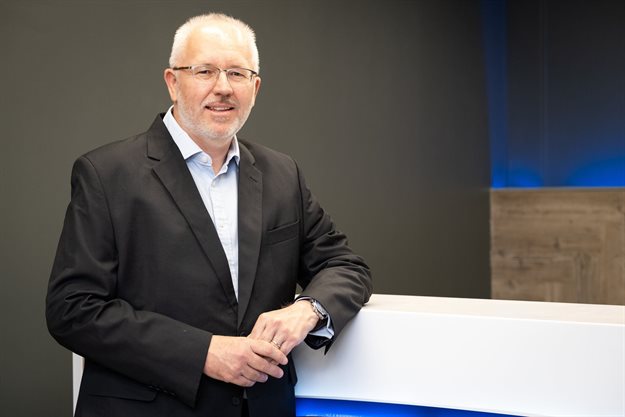
Top stories




EducationHow gender-inclusion in higher education can transform Africa’s future
Meekness Lunga-Ayidu 22 hours

LegalNigeria to implement new tax laws from January 1 despite calls for delay, Tinubu says
Camillus Eboh 3 days

When a company embarks on the journey to transform the business by implementing new software, it is not only new technology that is being introduced, but new business processes as well. Our goal is to help our clients to use the new technology skilfully so that they see a return on their investment and gain the utmost benefit from it. For this to happen, effective management of that change is essential.
Often companies purchase software for a specific project, job function or department. RIB CCS advocates standardising the use of software and using one or two integrated tool sets. This means consolidating the number of tools used, which requires a change in the way people work.
This is why we believe that when change management is done well, a greater adoption of the new technology is achieved and, as a result, companies are able to reap the benefits of it, achieve greater efficiency and productivity, and enhance collaboration.
There are five pillars that drive the success of change management in the digital transformation process. The first pillar is the involvement of senior management’s leadership in the process.
Because change management is a people issue, it needs to be a leadership-driven process. Senior management sets the tone for the process and the vision for the future, and plays a central role in driving the change. If a bottom-up approach is used, it is more difficult to achieve change across the enterprise, resulting rather in small pockets of change.
Another reason for involving senior management is that they can allocate resources – human resources as well as the time and money that is required. Investing in new technology also means investing in training and development and preferably a structured change management process.
The second pillar is the establishment of a digital roadmap which clearly defines how the company will benefit from the new technology, what results are expected, and exactly how the implementation will happen. This detailed roadmap must set clear milestones and schedules of the change management process so that progress can be monitored.
The third pillar is user training. We believe in empowering super-users or key users of the software. Our consultants upskill these users, providing them with the necessary skills and understanding to be able to use the system with a high level of competence. Their job, then, is to train less-experienced personnel in a train-the-trainer type of model.
This is really beneficial because when their own people are training them on the solution and the new business processes, employees have a greater understanding and deeper level of trust, which facilitates a more embedded use of technology. Also, clients become self-sufficient and are able to run the solution effectively themselves.
The fourth pillar is adoption of the software and change at enterprise level, not just at project or departmental level. Companies should have an enterprise view across all divisions and projects, which means implementing enterprise-wide technology platforms and strategies.
The benefit of this is that they can standardise and centralise data in their organisation, and as a consequence, achieve greater visibility of the status of their projects, or even aspects of projects, from an enterprise perspective.
The other benefit of this is that it enhances collaboration in an organisation. It brings all stakeholders around the table, and everyone is able to interrogate and be clear about what’s happening in the system, because they’re all working with the same information.
The final pillar is for the process to be as inclusive as possible. We follow two processes to achieve this. Firstly, a detailed demonstration of the software is provided via the software consultants. They work through all of the business processes that the software enables and provides an interactive show-and-tell through which users can ask questions.
Secondly, detailed workshops are conducted. To get the best out of these workshops, clients are encouraged to provide their own data to enter into the software solutions.
Users then gain real, live examples of their data so that they can experience what it will be like to use the technology and the benefits they will experience.
Our challenge is to ensure that people feel comfortable making the transition. The technology is easy – we know what it can do and how it can help companies; but people don’t always like change, which is why the change management process is essential to changing the hearts and minds of people and helping them feel comfortable.